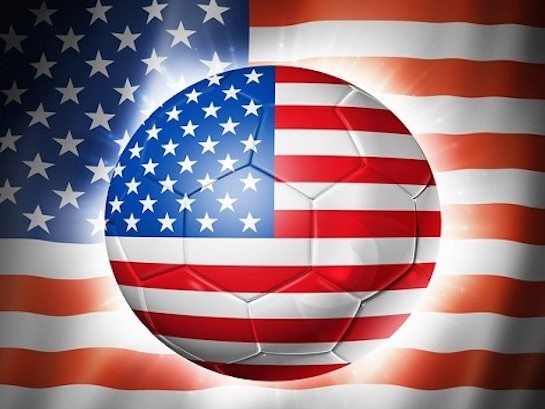The Rise, Fall, And Rise Again Of American Soccer
Major League Soccer (MLS) and its team owners are scoring big this year. In March, a minority sale of the Orlando City FC valued the franchise at $490 million, a staggering figure considering the league was on life support less than two decades ago.
Riding its highs and lows since the late 1960’s, American soccer has been on a single-minded mission to build a fan base in a country whose sporting tradition is rooted in football, baseball and basketball.
Along the way, teams and leagues formed and folded and the game struggled with a sustainable business model. But like the NHL, MLS has evolved into a niche sports league on the American landscape.
MLS is now 23-franchise strong after adding Los Angeles FC, which debuted in 2018 with a new $350 million, 22,000-seat, soccer-specific stadium.
A Miami team and a Nashville club are also slated to kick off in 2020. The former is owned by David Beckham, the retired English player whose contract with MLS during his tenure with LA Galaxy included an option to own an expansion team at a discounted franchise fee.
The pay-to-play fee is now $150 million, nearly 4x the $40 million that Montreal Impact paid to join in 2012, and 15x the $10 million that Toronto FC had forked over in 2007.
Clearly, the game has moved into a new dimension.
After languishing in the dark ages, American soccer took off in 1968 with formation of the North American Soccer League (NASL).
The impetus was the surprisingly large American TV audience that tuned in to the 1966 World Cup and a subsequent documentary titled “Goal!”, the first World Cup film released in color.
‘Sports illustrated’ featured the first soccer player on its September, 1973 cover issue with the heading ‘Soccer Goes American’.
Stars like Brazil’s Pele, Germany’s Franz Beckenbauer and Holland’s Johan Cruyff were brought out of retirement and signed onto the field to help stimulate interest in the game.
By the end of the 1970’s, NASL reached its peak with 24 teams but the media buzz around America’s growing sport belied the financial health of the league. NASL had over-expanded and over-spent to recruit talent on the pitch.
In 1984, the league that introduced soccer to the nation collapsed, weighed down by red ink and team contractions. But NASL didn't disappear without leaving a legacy. It planted the seeds for youth soccer and the lessons of the need for financial restraint.
When MLS picked up the mantle in 1996, it did so with a centralized structure that controlled costs and decision-making. Though, the renewed experiment was not without its challenges.
Most Americans still greeted the low-scoring sport that was played in shared stadiums with a big yawn. Soccer purists also balked at its low caliber and some of the modified rules.
MLS moved to invest in soccer-specific stadiums and while still preserving a salary cap, implemented the Designated Player Rule, which helped bring back top international players. Beckham was the first one in 2007.
While half the teams are still reporting operating losses, the picture today is a far cry from 2001 when the league racked up cumulative losses of $250 million.
Adidas renewed a 6-year contract with MLS for $700 million ($117 million a year), 3.5x the $200 million deal it inked in 2010. Combined broadcasting rights by Fox, ESPN and Univision are also $90 million a year.
No doubt, the world’s most popular sport has dug its cleats on American turf. But with valuations starting to skyrocket, let’s hope the ball doesn’t become a bubble.
Other articles enjoyed: U.S. At The First World Cup, Pele: National Treasure, Soccer's Uglies, England's Only World Cup, Colombian Soccer & The Drug Lords










